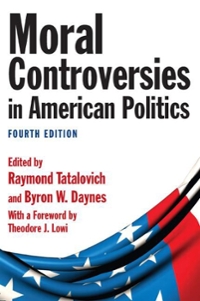Question
PLEASE TRY TO PROVIDE GOOD explanations , WITH DIAGRAMS IF POSSIBLE, thanks a lot! The people of the Hexagon seem to like to solve their
PLEASE TRY TO PROVIDE GOOD explanations , WITH DIAGRAMS IF POSSIBLE, thanks a lot!
The people of the Hexagon seem to like to solve their problems with government regulation (unlike the people of the Pentagon, who seem to like to solve their problems with markets).
The Hexagonians decide at some point to introduce a set of laws to shorten the working week by limiting the number of hours that a person can work per. The new regulations end up reducing the number of hours worked per capita by 10 percent.
We can model this by using a version of the production function = (, ), where is hours worked, and the other variables are as they were before.
(a) What is the condition determining the steady state capital stock per effective worker given our new production function?
(b) How is the steady state capital stock affected by the change in regulation if the natural rate of unemployment remains unchanged?
(c) Suppose that Hexagonia has no population growth, and no technological development. The capital stock is initially at the steady state level. Draw diagrams with time on the horizontal axis to illustrate what happens over time with the capital stock, investment, the real interest rate, and production after the reduction in working time.
Step by Step Solution
There are 3 Steps involved in it
Step: 1

Get Instant Access to Expert-Tailored Solutions
See step-by-step solutions with expert insights and AI powered tools for academic success
Step: 2

Step: 3

Ace Your Homework with AI
Get the answers you need in no time with our AI-driven, step-by-step assistance
Get Started


